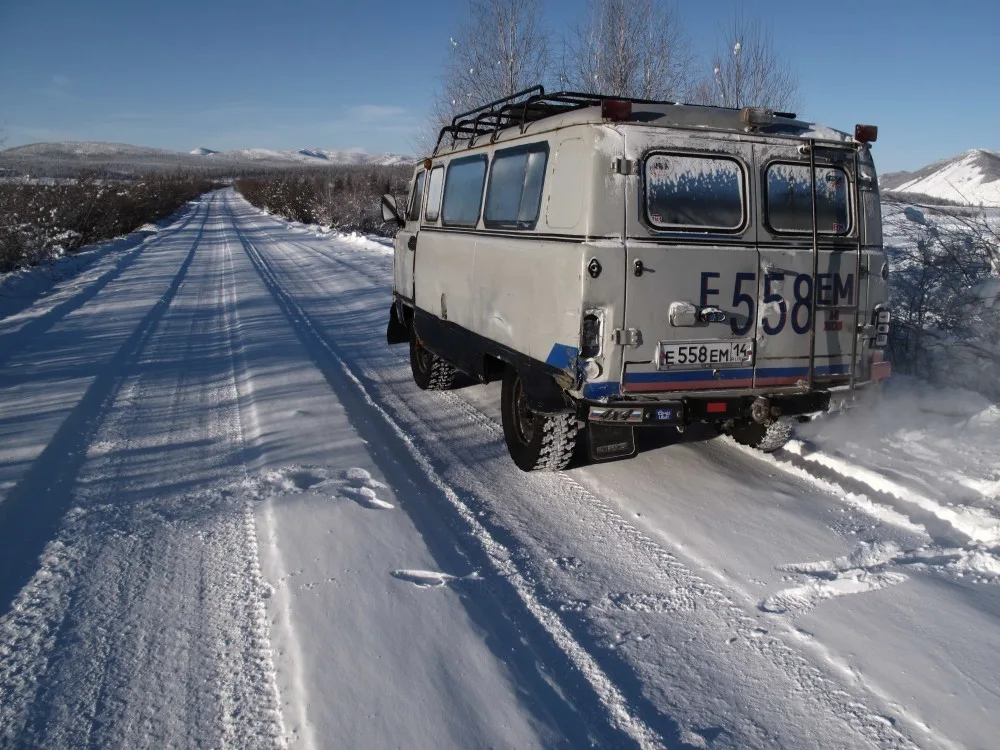
Once-frigid Siberia is becoming less inhospitable to humans
Climate change will make Siberia much more habitable in the future, new research suggests
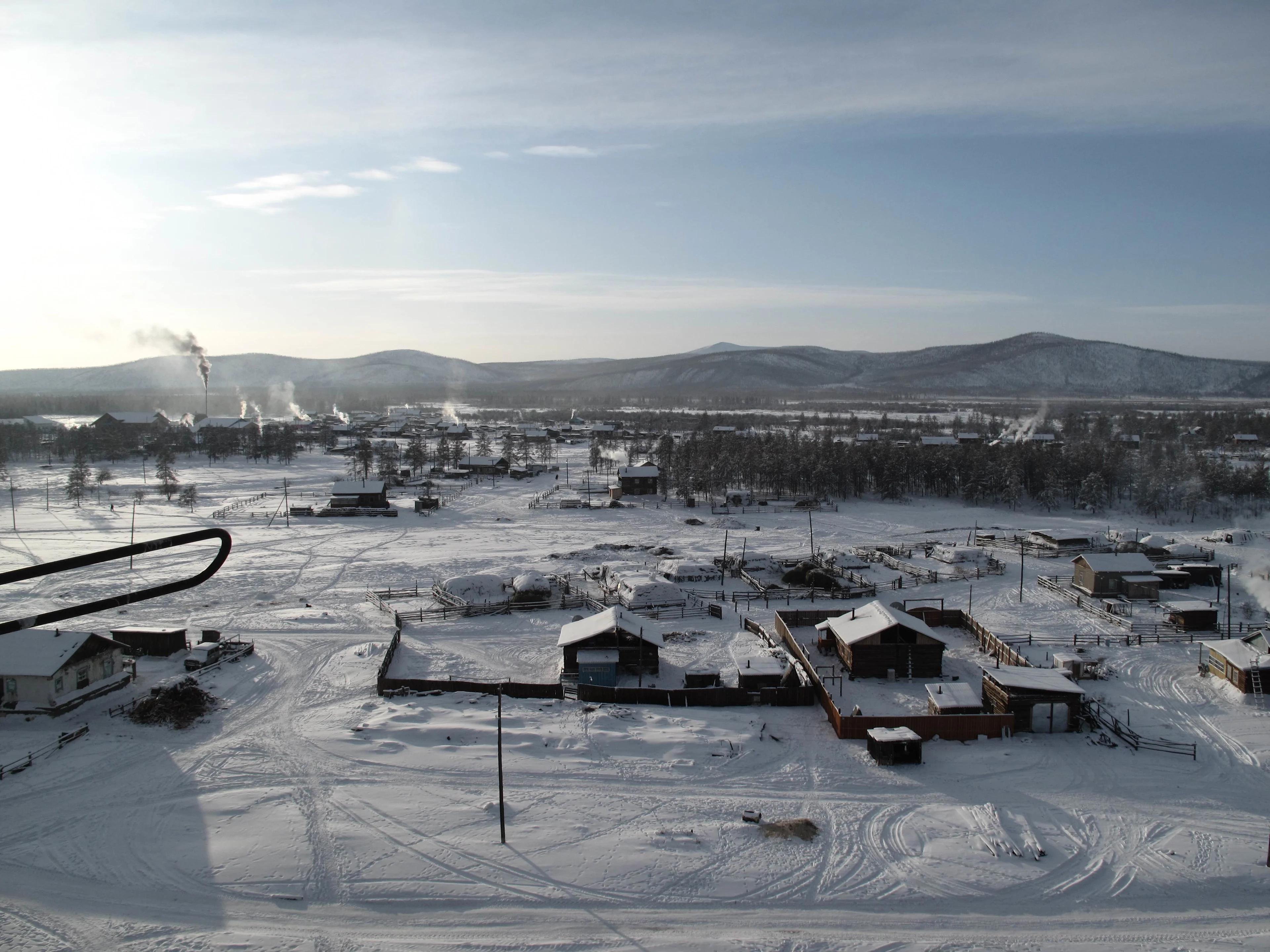
Oymyakon, Russia. Photo by Mario Picazo
It's hard to imagine Siberia as a desirable place to live in the near future, but as temperatures in the region rise, experts are saying that could change.
Today, only about 27 per cent of Russia's total population lives in this cold, inhospitable region of the northern hemisphere. But in the future, rising temperatures will likely make this massive, 13 million square-kilometer region much more habitable than today.
Siberia hosts some of the coldest towns in the world. Two that fight over the record of the lowest temperature on Earth are Oymyakon and Verkhoyansk.
The first is officially the location where the coldest temperature has been measured: A low of -71.2°C was recorded back in the 1920s, a value one would expect to find on one of the more frigid planets of our solar system.
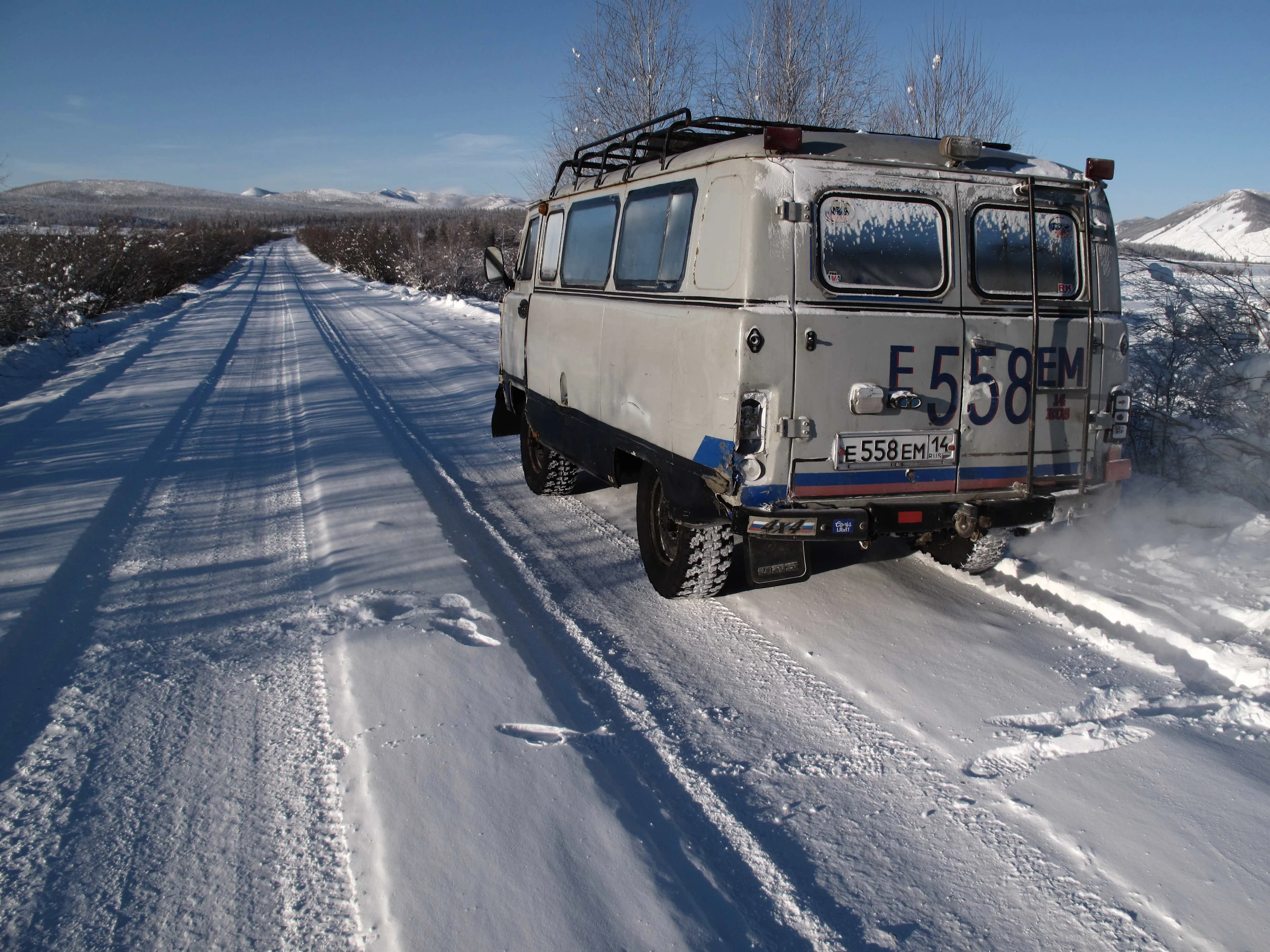
Frozen road in Siberia. Photo by Mario Picazo
READ MORE: The seven coldest temperatures ever recorded on Earth
Winters are still very cold in Siberia, but the very low negative temperatures of the past are no longer the norm. The last decade has brought positive temperature anomalies to the entire region, month after month, year after year. This appears to be the new trend, and future climate scenarios point towards a much warmer Siberia, with average temperatures well above current values.
A recent study published in Environmental Research Letters by a U.S.-Russian research team has shown the Siberian climate will be getting warmer consistently as the century progresses. Climate simulations have been performed with 20 different global climate models and several IPCC CO2 scenarios for eastern Russia. The idea was to extrapolate the future climate in the region by the end of this century.
The study is mainly based on the changes that three fundamental climate indices, which influence human wellbeing, would experience: the ecological potential of the environment, the severity of winter, and the extension of the permafrost layer.
Among some of the main conclusions, it's interesting to note how, by 2080, much of eastern Russia will enjoy warmer climes. If the actual warming trend continues, as indicated by model forecasts, the region could experience an average winter temperature rise of 9.1°C, while average summer temperatures would go up by 5.7°C.
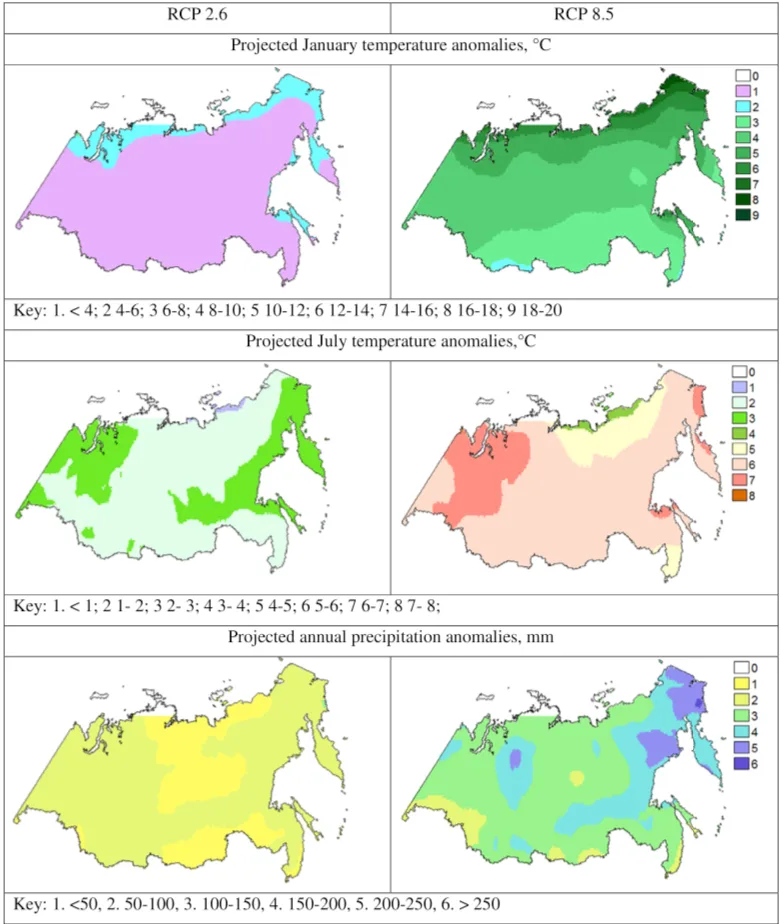
January and July (middle) temperature and annual precipitation (lower) anomaly means derived from 20 GCMs CMIP5 for the 2080s RCP 2.6 (left column) and RCP 8.5 (right column) climates.
With a warmer climate, experts also expect permafrost to be progressively displaced towards the northeast sector of Siberia. Moreover, the proportion of frozen ground is expected to gradually decline from the current 65 per cent to around 40 per cent by 2080. The de-icing of subsurface soil would also allow new species to grow, and locals to harvest new crops -- ones which would never survive under the current frigid weather conditions across the region.
Beyond temperature changes, the future Siberian climate could be a rainier one, with an extra 60-140 mm of rain a year. The milder, more humid air masses would allow precipitation to fall more frequently as rain rather than snow, which is currently the most common form of precipitation throughout the year. This situation would be favourable for certain crops that could be introduced into the region.
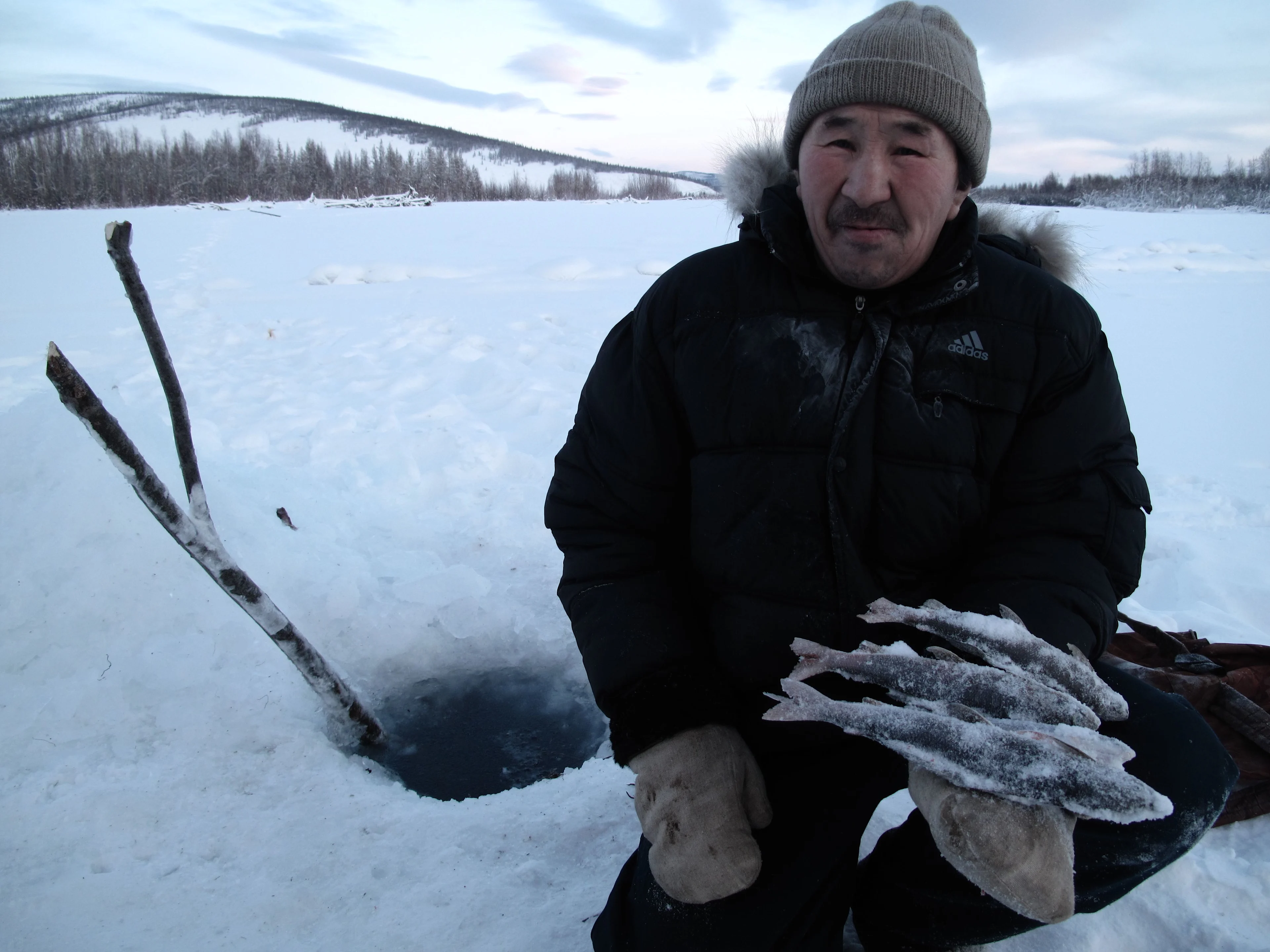
With all these climatic changes taking place in the region, Siberia could be a very different place by the end of the century. It would most likely be home to a larger population, and be covered by new plant species and large crop extensions. Can you imagine drinking Siberian wine one day? Everything is possible in Earth's future climate.












